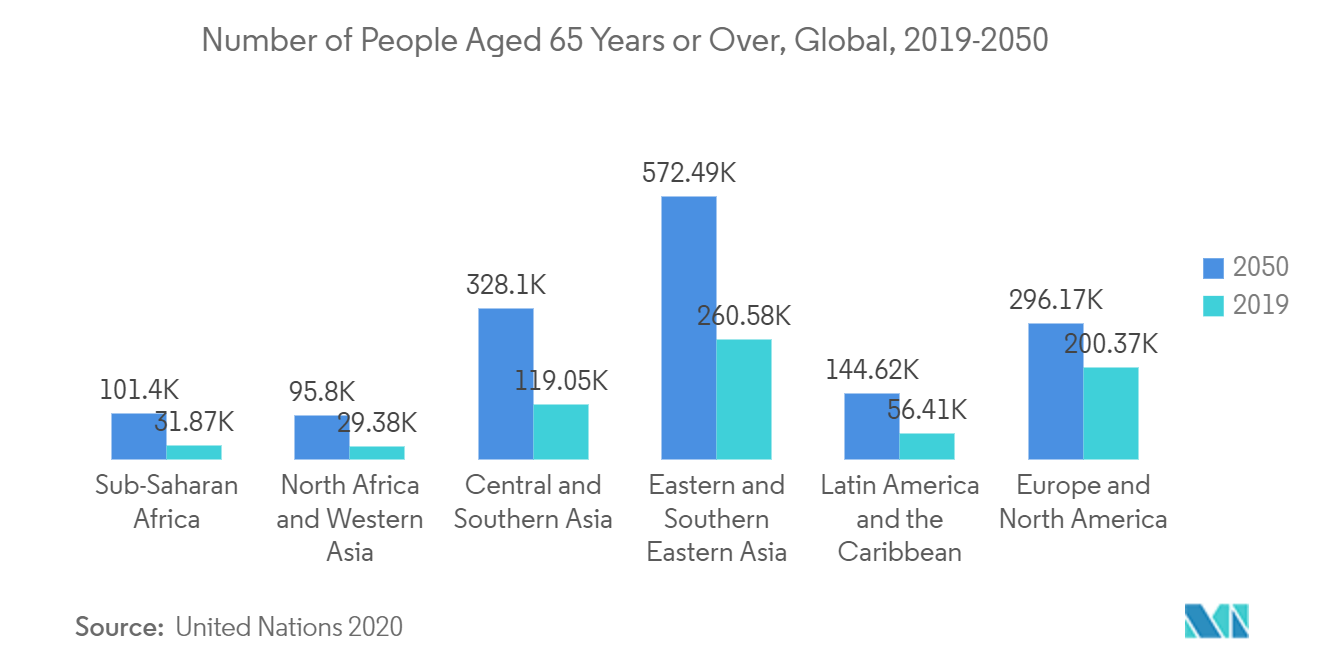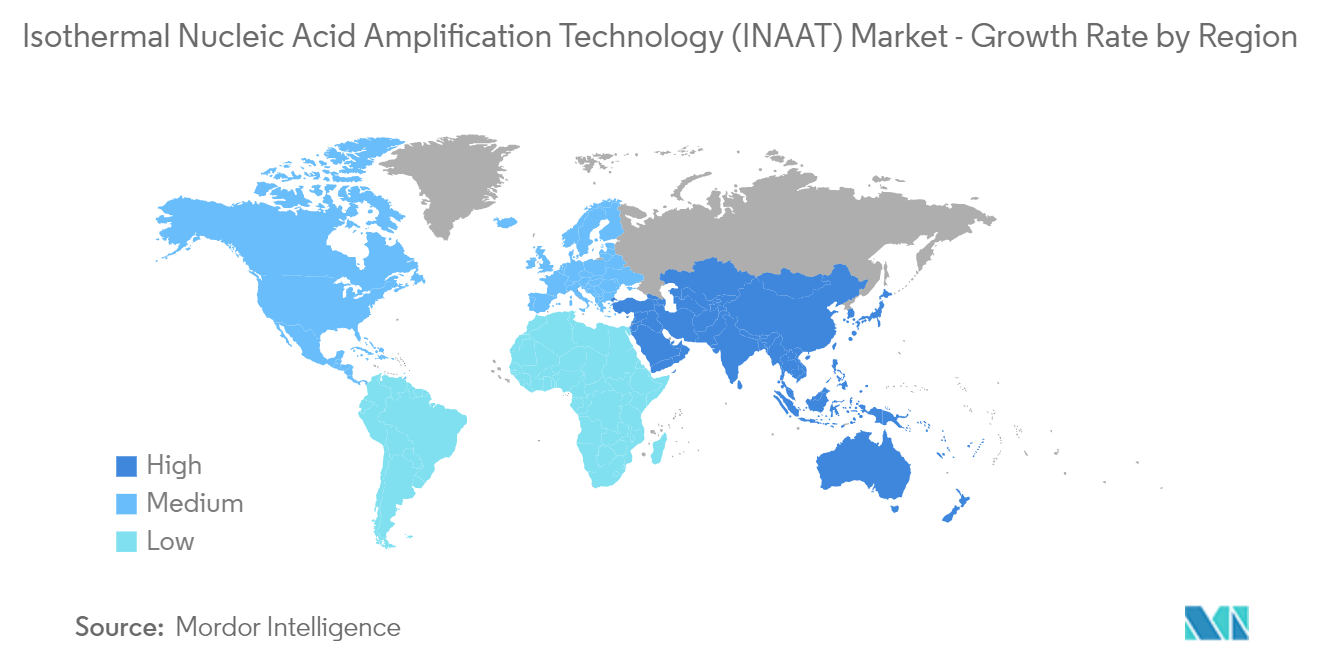Market Trends of Global Isothermal Nucleic Acid Amplification Technology Industry
This section covers the major market trends shaping the Isothermal Nucleic Acid Amplification Technology Market according to our research experts:
Loop-mediated Isothermal Amplification (LAMP) Segment is Expected to Hold a Major Market Share in the Isothermal Nucleic Acid Amplification Technology (INAAT) Market
Loop-mediated isothermal amplification (LAMP) test is the most widely used technique, and its usage is expected to grow rapidly during the forecast period. In this technique, a minimum of four sets of primers are used, two outer primers and two inner primers. There are various software that are available for primer designing, such as primer explorer, LAMP designer, and other software. These loop primers bind to the nucleic acid template and further accelerate the reaction. The technique can be used for the amplification of both, DNA and RNA.
Since its inception in the early 2000s, LAMP tests have been developed for a variety of disease-causing agents, due to their capability of amplifying both DNA and RNA. Additionally, the tests can be used for the identification of genetically modified organisms.
This technique has two major competitive advantages over PCR technology. First, the LAMP test is tolerant of PCR inhibitors, which makes it well-suited for direct analysis of the sample. Secondly, there is no need of a thermocycler, as it is performed at a fixed temperature. These two advantages make it useful in point-of-care diagnostics. As the market for point-of-care diagnostics is growing, the LAMP segment of the market studied is also likely to grow proportionally.
According to World Ageing 2020 report, people aged 65 years or over in the world is projected to reach to 1.5 billion in 2050. In addition, by 2050, 1 in 6 people in the world will be above 65 years of age,. Thus, owing to above all factors segment is expected to show growth over forecast period.

North America is Expected to Hold a Significant Share in the Market and Expected to do Same in the Forecast Period
North America dominates the Isothermal Nucleic Acid Amplification Technology (INAAT) market, owing to a high incidence of chronic diseases, technological advancement in isothermal nucleic acid amplification technology (INAAT), and increasing adoption of INAAT over conventional techniques in the region.
According to the Centers for Disease Control and Prevention (CDC), in 2020, the total number of Americans with chronic diseases was projected to be approximately 157 million, with 81 million having multiple conditions. Similarly, according to GLOBOCAN 2020, 2,281,658 new cancer cases were diagnosed in the United States in 2020, with 612,390 fatalities.
Also, the Per Capita expenditure on healthcare in North America is also expected to contribute to the growth of the marketr in this region . According to the data published by the United States Department of Commerce in 2021 health spending in Canada is anticipated to reach USD 308 billion. It is estimated that health spending will signify 12.7% of Canada's GDP.
Thus the above mentioned factors are expected to drive the growth of the market in this region during the forecast period.


